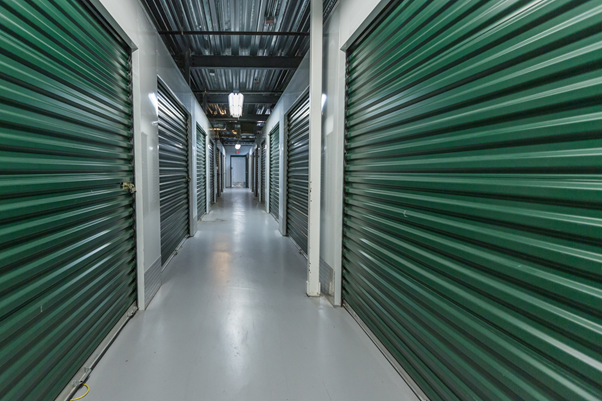When considering renting a storage facility, whether for personal belongings or business inventory, it’s crucial to be informed about various factors to ensure a smooth and efficient experience. This article outlines essential tips and guidelines to help you make an informed decision.
1. Assess Your Storage Needs
Before selecting a storage facility, evaluate your storage needs carefully. Determine the amount of space required by assessing the volume of items you plan to store. Storage facilities typically offer a range of unit sizes, from small lockers to large warehouse spaces. Understanding your needs will help you choose the right unit size and avoid unnecessary costs.
2. Research Facility Options
Conduct thorough research to identify storage facilities that meet your requirements. Consider factors such as location, security, accessibility, and climate control. A facility’s proximity to your home or business can impact convenience and transportation costs. Security features, such as surveillance cameras, gated access, and on-site management, are essential to safeguard your belongings.
3. Evaluate Security Measures
The security of your stored items should be a top priority. Inspect the storage facility’s security measures to ensure they meet your standards. Look for facilities with robust security systems, including 24/7 surveillance, electronic gate access, and well-lit premises. Some facilities may offer additional security features, such as individual alarms for each unit or insurance options.
4. Consider Climate Control
If you are storing items sensitive to temperature and humidity, such as electronics, antiques, or artwork, consider a climate-controlled storage facility. These units regulate temperature and humidity levels to protect your belongings from extreme conditions that could cause damage. While climate-controlled units may be more expensive, they offer added protection for valuable items.
5. Understand Pricing and Lease Terms
Before committing to a storage facility, review the pricing structure and lease terms carefully. Storage facilities may offer various pricing models, including monthly or annual rates, with different payment options. Some facilities may also charge additional fees for access, insurance, or late payments. Ensure you understand all costs associated with renting the unit to avoid unexpected expenses.
6. Inspect the Facility
Visit the storage facility in person to inspect the premises before signing a lease. Check the cleanliness and maintenance of the facility, including the condition of the storage units. Ensure the facility is well-maintained, with no signs of pest infestation or water damage. A visit will also allow you to assess the level of customer service and the overall professionalism of the facility staff.
7. Review Access Hours
Consider the access hours of the storage facility and ensure they align with your needs. Some facilities offer 24/7 access, while others may have restricted hours. If you require frequent access to your belongings, choose a facility with convenient access hours. Additionally, inquire about any restrictions or procedures for accessing the facility outside regular hours.
8. Check for Insurance Options
While many storage facilities offer insurance options, it’s important to review the coverage provided and determine if additional insurance is necessary. Insurance can protect your belongings against loss, theft, or damage. Verify what is covered under the facility’s insurance policy and consider obtaining additional coverage through your homeowner’s or renter’s insurance if needed.
9. Understand the Rental Agreement
Thoroughly review the rental agreement before signing. The agreement should outline all terms and conditions, including rental rates, lease duration, security deposit requirements, and policies for vacating the unit. Pay attention to any clauses related to late fees, renewal terms, and procedures for terminating the lease. Understanding the agreement will help prevent disputes and ensure a smooth rental experience.
10. Plan for Moving In and Out
Finally, plan your moving logistics to ensure a seamless transition into and out of the storage facility. Consider the availability of moving trucks, dollies, and packing materials. Some facilities may offer moving services or provide rental equipment to assist with the process. Efficient planning will save you time and effort during the move.
Conclusion
Renting a storage facility involves careful consideration of various factors to ensure your belongings are stored securely and efficiently. By assessing your needs, researching facility options, and understanding the terms of the rental agreement, you can make an informed decision and enjoy a hassle-free storage experience. Whether you are storing personal items or business inventory, these essential tips and guidelines will help you choose the right storage facility to meet your needs.


